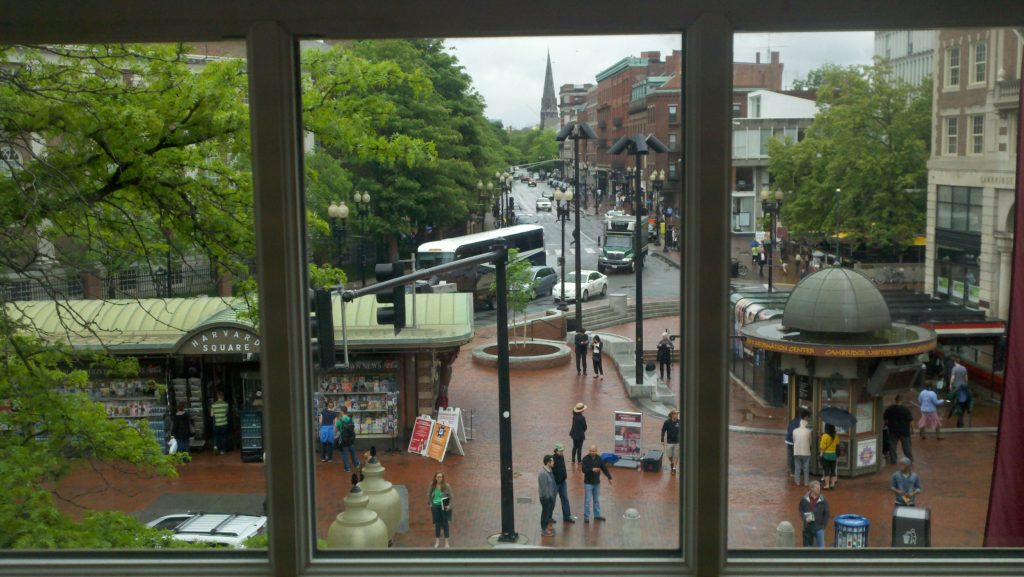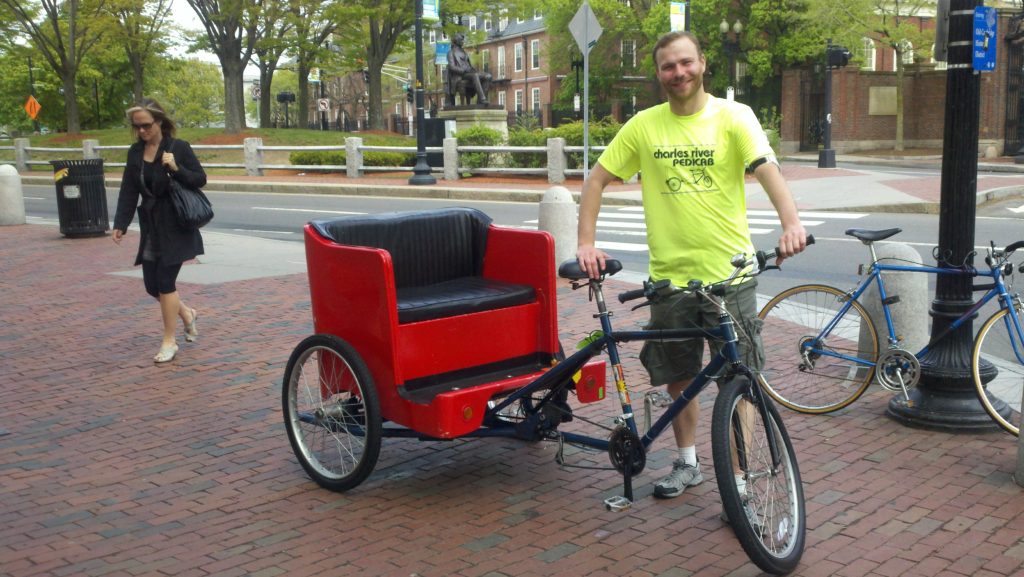Photos by Cambridge author/photographer Anita Harris --who ran all the way around Fresh Pond for the first...
Anita M. Harris
Cambridge author Anita Harris on friend Margot Adler's new book on current fascination with vampires, which explores...
Like Sheryl Sandberg, the Facebook COO and author of Lean-In, Cambridge author Anita Harris is ...
Rained out of Cape plans, Cambridge writer/photographer Anita Harris is spending Memorial Day Weekend at home, near...
New Cambridge pedicab service looks like fun; pay what you like.
Cambridge writer Anita Harris and her friend E had a great time at the 2013 Mayfair. Both...



